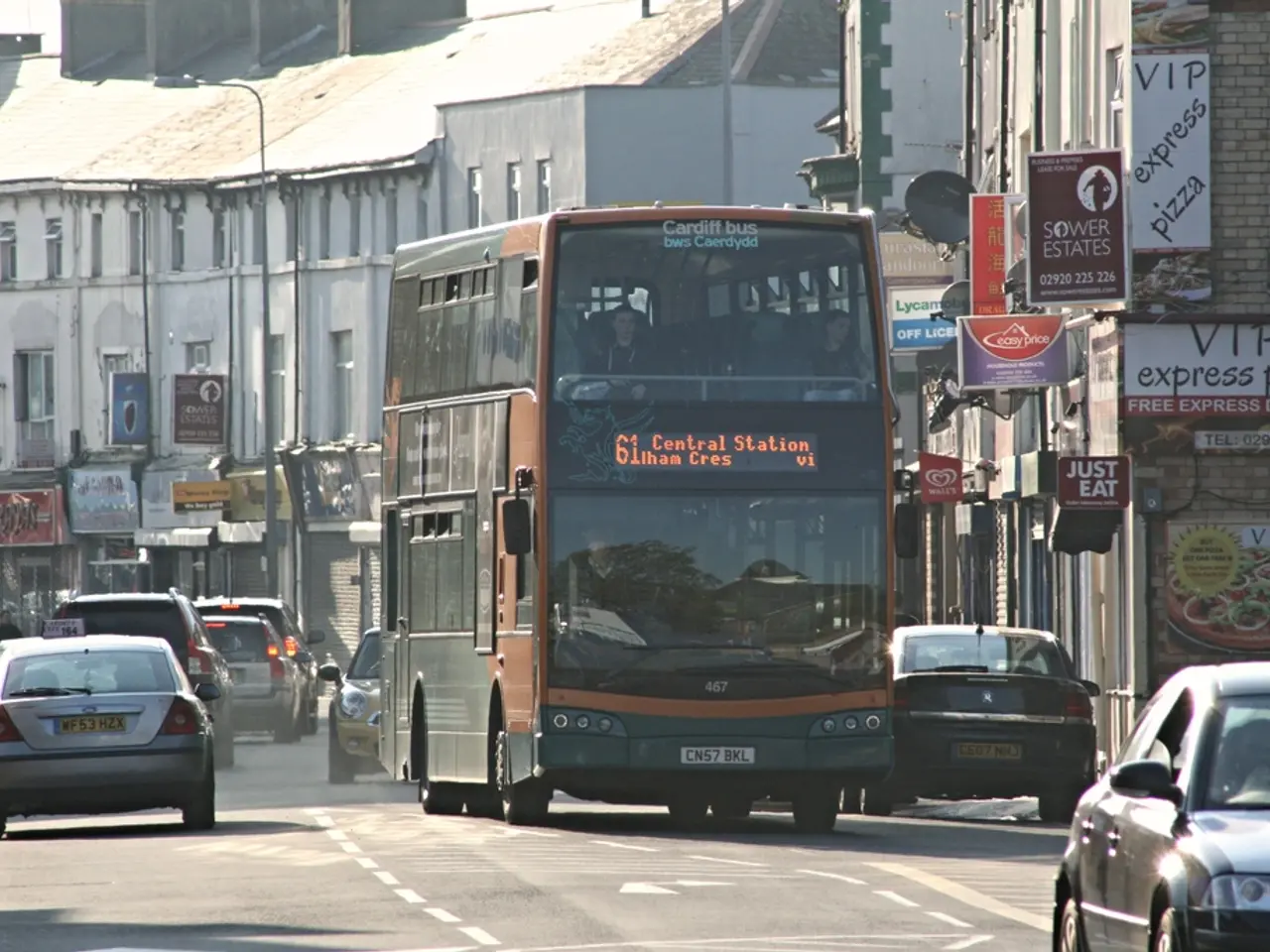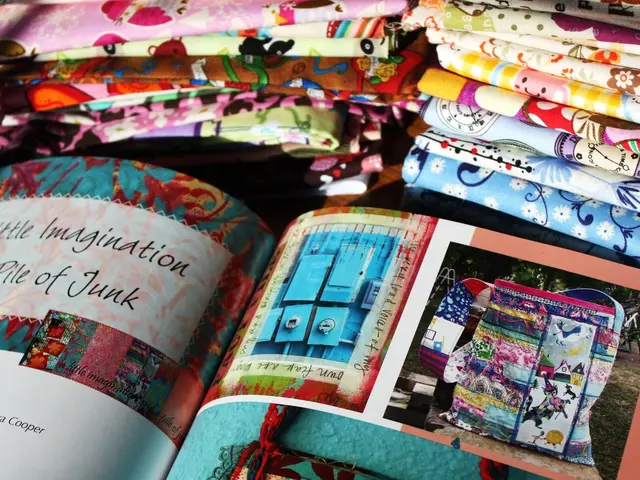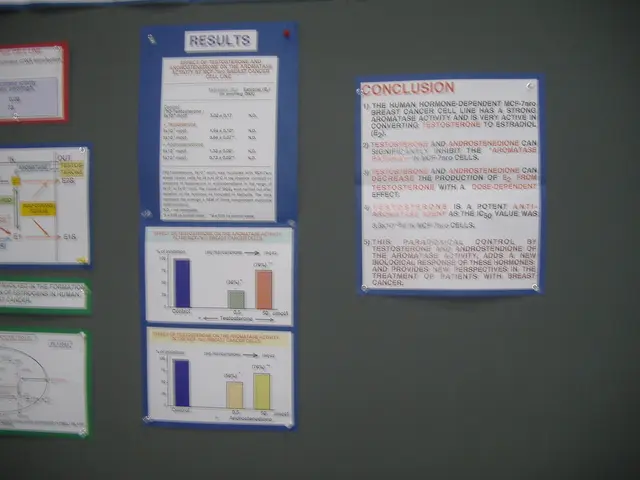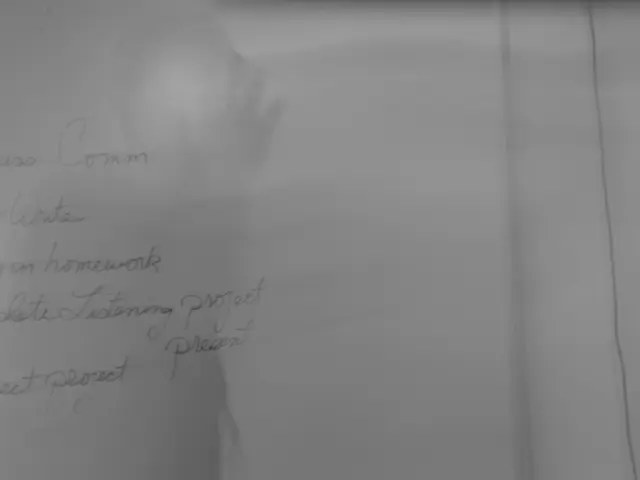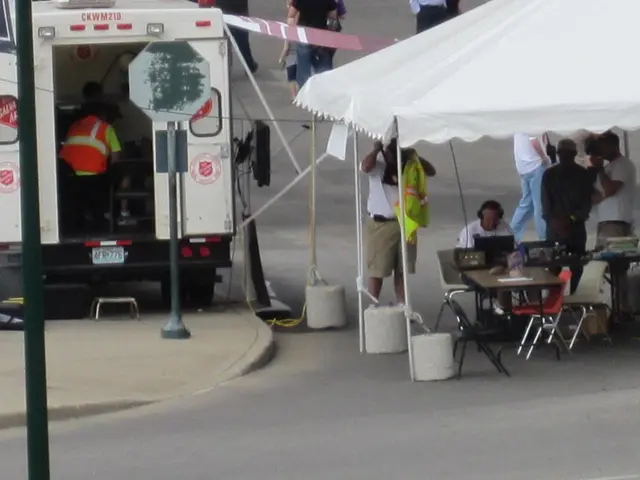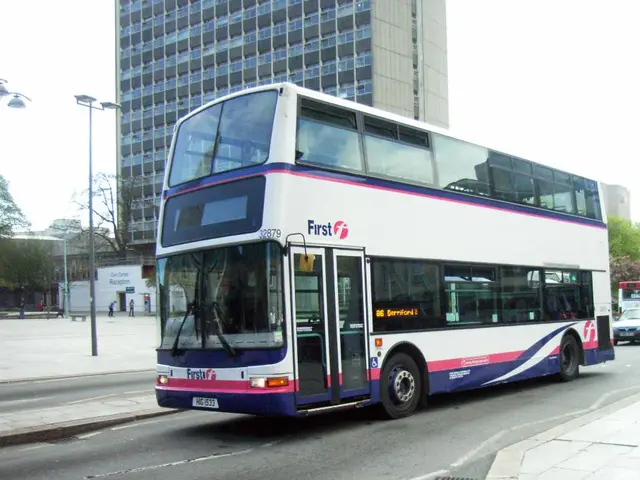Berlin’s ‘Rename?!’ Exhibition Uncovers Power Struggles Behind Street Names
An exhibition in Berlin's Marzahn-Hellersdorf District Museum, 'Rename?!', explores a century of authoritarian power fantasies through the lens of street renaming. The show delves into how ideologies shape urban landscapes and how regimes assert dominance through signs and maps.
The exhibition, divided into four chapters, traces the transformations of street names in Marzahn-Hellersdorf. 'Incorporation' explores the initial renamings, while 'Nazism' and 'the GDR' illustrate how these regimes imposed their ideologies. 'Reunification' presents this period as an 'awakening from a nightmare', with streets simply regaining their old names.
Marzahn-Hellersdorf serves as a prime case study due to its rich history of renamings. The district's street names reflect the desire to mark certain people, places, or events as particularly worthy of remembrance. However, the exhibition does not extensively cover current presidential debates on street renaming and does not give voice to the current residents of Marzahn-Hellersdorf. It retains a didactic character, with grand narratives coming from the center and local stories told by others. Notably, it does not mention the damage to the Stadtschloss during the war or the story of the Palace of the Republic and its demolition.
The 'Rename?!' exhibition offers a fascinating exploration of how street names reflect and shape societal changes. However, its lack of engagement with current debates and resident voices leaves room for further exploration of this complex topic.
Read also:
- American teenagers taking up farming roles previously filled by immigrants, a concept revisited from 1965's labor market shift.
- Weekly affairs in the German Federal Parliament (Bundestag)
- Landslide claims seven lives, injures six individuals while they work to restore a water channel in the northern region of Pakistan
- Escalating conflict in Sudan has prompted the United Nations to announce a critical gender crisis, highlighting the disproportionate impact of the ongoing violence on women and girls.
